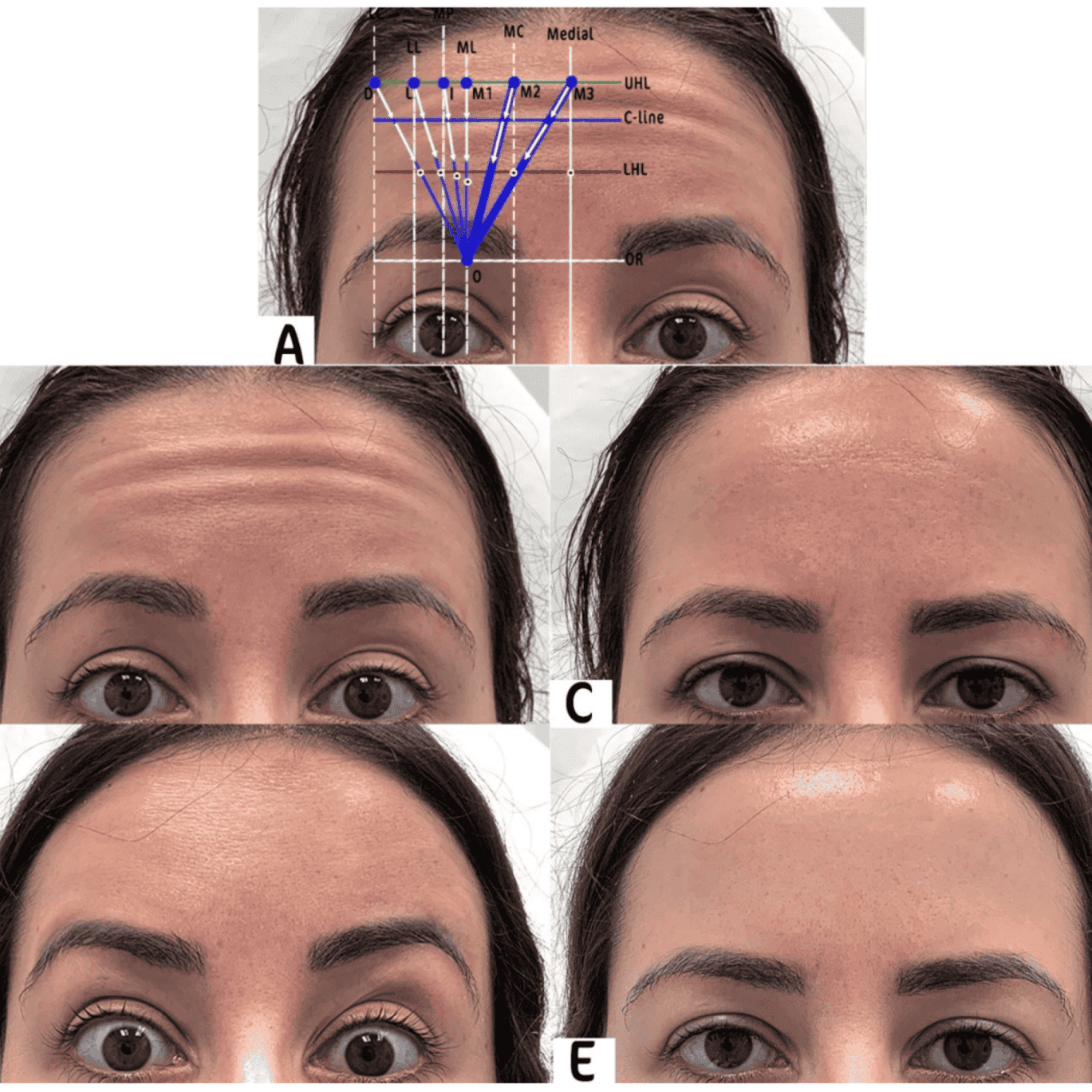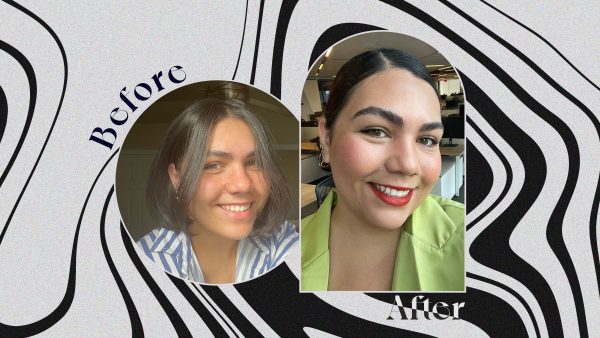Does Botox Go Into the Brain? Understanding the Facts
Does Botox go into the brain? This common question sparks curiosity and concern — and we totally get why. With so many beauty treatments out there, it’s only natural to ask how they work and whether they’re truly safe.
Botox has earned a reputation for smoothing skin and softening wrinkles, but there’s also plenty of mystery surrounding it. Today, we’re clearing things up: breaking down how Botox works, what it really does in your body, and whether your brain is involved at all. Spoiler alert: it’s not.
If you’re wondering about Botox safety or trying to understand the actual effects of Botox treatment, keep reading. We’re here to answer your biggest questions with clarity, compassion, and just the right amount of science.
How Botox Works
Let’s start with the basics. Botox is short for Botulinum toxin — don’t let the word “toxin” scare you. In controlled, medical doses, it’s a trusted tool used for both cosmetic and medical purposes.
So, how does Botox treatment actually work? When injected into targeted muscles, Botox temporarily blocks nerve signals. That’s what relaxes the muscle and smooths out lines that form from movement — like frown lines between the brows or crow’s feet around the eyes.
According to the Cleveland Clinic, the effects typically begin within a few days post-injection, and results can last about three to four months. This muscle relaxation is the secret behind Botox’s visible benefits, not anything happening in your brain.
Can Botox Affect Your Brain?
We hear this question a lot, and it’s a valid one: does Botox interact with your brain? Thankfully, the answer is a reassuring no.
Botox stays local. In other words, once it’s injected, it works only at the site of the injection — directly into the targeted muscles. It does not travel to or penetrate the brain. There’s no evidence in humans that Botox crosses the blood-brain barrier or directly affects brain function.
Some clinical research, like that referenced by WebMD, has explored the possible benefits of Botox for brain-related conditions like chronic migraines and even depression. But this doesn’t mean that Botox reaches your brain — it means it may affect the nerves connected to the areas where it’s injected, providing symptom relief. It’s a mechanical action, not a neurological one.
Bottom line: Botox brain interaction is a common myth, but science shows it’s not something to worry about.
Benefits and Risks of Botox
Botox continues to grow in popularity because it offers real results. Let’s talk about the good stuff first. Most well-known is its ability to reduce dynamic wrinkles caused by repeated muscle movement — think forehead lines, brow furrows, and smile lines.
But Botox isn’t just for aesthetics. It’s FDA-approved to treat conditions like excessive sweating, eye twitching, and even chronic migraines. If you’ve ever experienced facial tension or TMJ discomfort, Botox might help with that too.
As with any treatment, there are some potential side effects. According to Rejuvenate You, most side effects are mild and temporary — think bruising, redness, or slight drooping that resolves on its own. Rare complications typically occur from improper placement or technique, which is why choosing a qualified provider is essential.
Considering the Botox pros and cons will help you make an informed decision, but for most people, the benefits far outweigh the risks.
Myths and Facts About Botox
Let’s clear up a few common misunderstandings.
Myth: Botox is unsafe because it’s a toxin.
Fact: In the right hands and in medically safe doses, Botox is extremely safe and widely studied.
Myth: You’ll look frozen or expressionless.
Fact: When done by a skilled injector, you’ll still look like you — just a little more refreshed.
Myth: Botox is permanent.
Fact: Nope! Botox longevity typically ranges from 3 to 4 months. After that, muscle activity gradually returns, and so do lines.
In their Botox guide, theSkimm notes that proper aftercare and consistent treatments can even help results last longer over time. Knowing the real Botox facts can help you avoid falling for internet myths and focus on what’s true.
Is Botox Right for You?
Whether you’re looking to soften lines, ease jaw tension, or stop sweat in its tracks, Botox may be a great fit.
Ideal Botox candidates are generally healthy adults who are not pregnant or breastfeeding, and who are looking for temporary, non-surgical results. If you’re unsure, a Botox consultation is the perfect first step to get personalized Botox advice from a trusted professional.
We’ll help you better understand what areas can be treated, what to expect, and how to time your treatment to align with any upcoming plans or events. (Yes, there is a little downtime, but nothing that should keep you from your regular activities.)
Still on the fence? We invite you to explore more — like our microneedling guide or other non-invasive treatment options we offer.
Conclusion
So, does Botox go into the brain? The science is clear: it does not. Botox is a localized treatment that works by calming targeted muscles, not by affecting brain function. When performed properly, it’s a safe Botox treatment with well-documented benefits ranging from wrinkle reduction to migraine relief.
Putting Botox myths to rest is important, not just for peace of mind, but for making informed Botox decisions that help you feel truly confident.
Ready to enhance your look with expert care? Book your free consultation today and take the first step toward feeling more confident.
Ready to feel your best? Book your free consultation today and let’s glow together.





